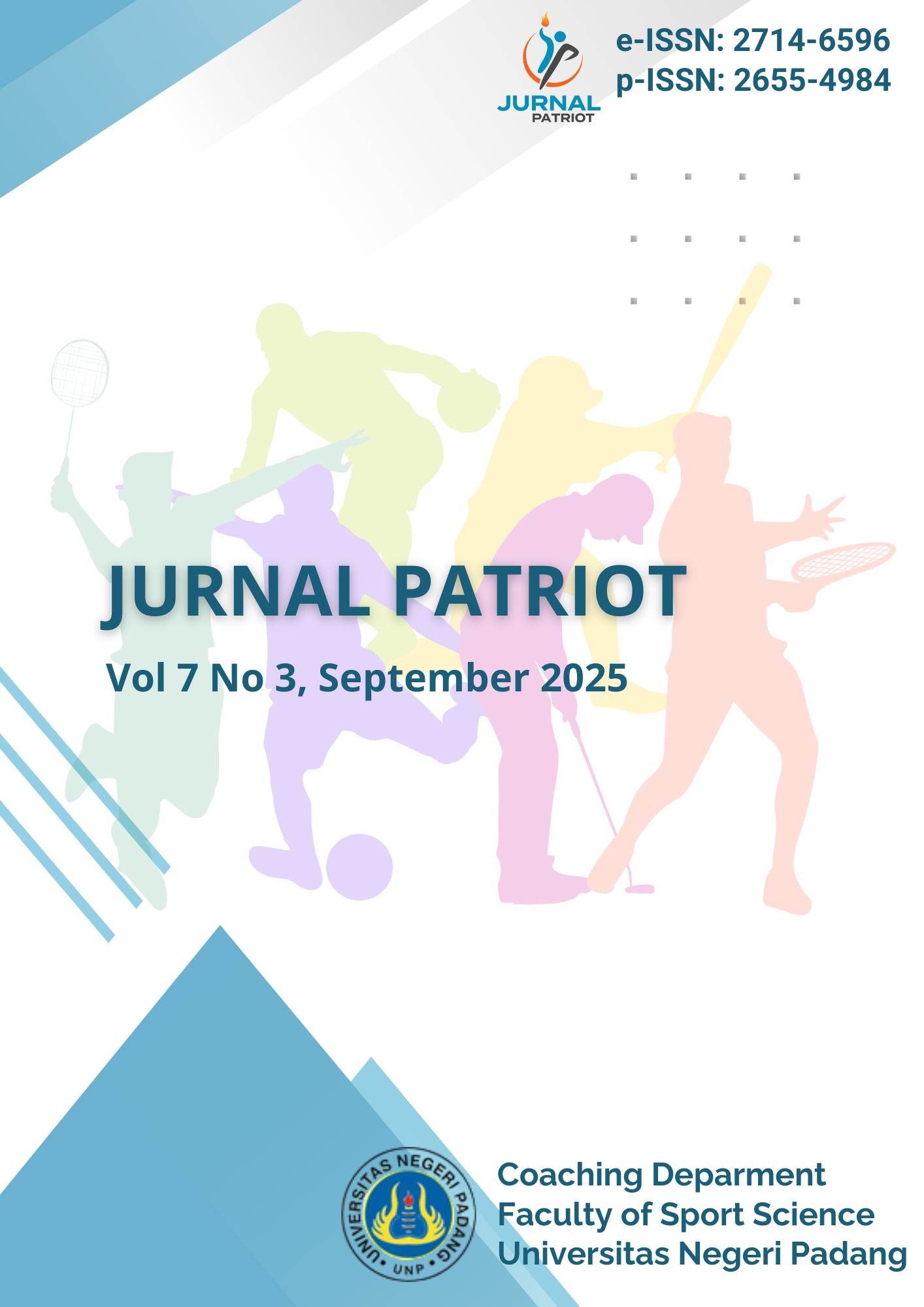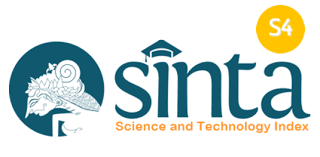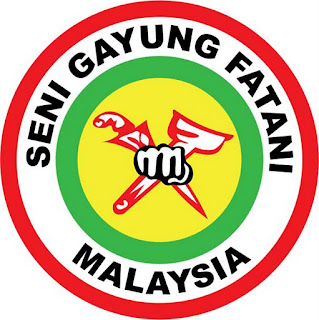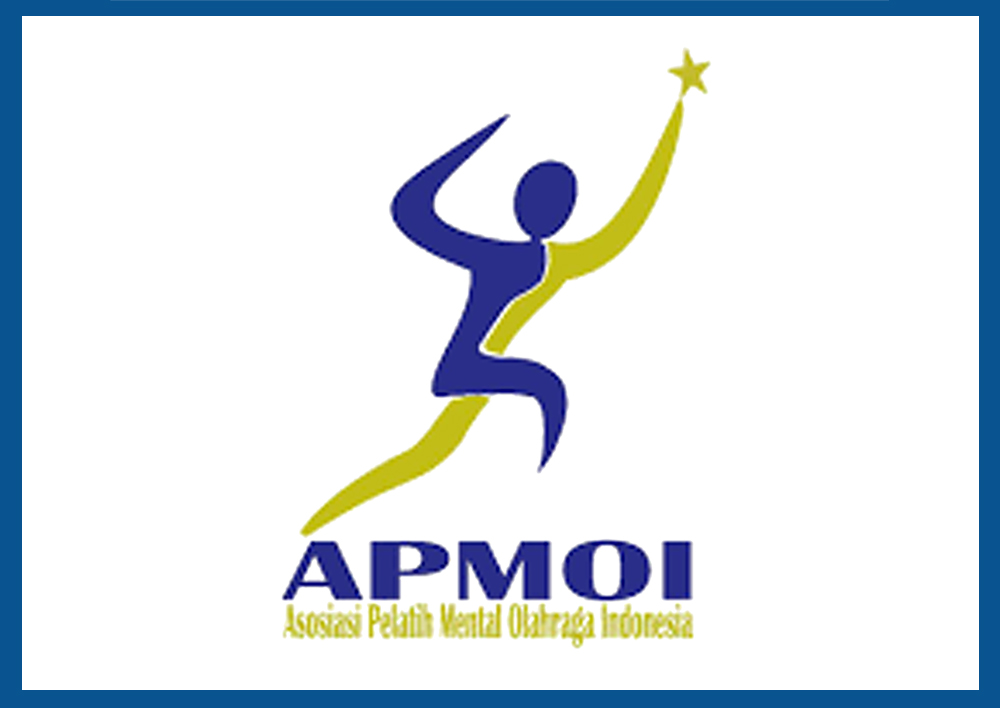The impact of movement education model intervention on basic movement skills of 4–5-year-old children
Abstract
Problem: This study was driven by the lack of diversity in physical education lessons in schools, thus limiting the optimal development of children's basic motor skills. Purpose: This study aims to determine the impact of implementing a movement-based learning model on improving basic motor skills in children aged 4-5 years at Al-Hidayah Kindergarten, Lambopini Village, Iwoimenda District, Kolaka Regency. Methods: The method used was a quasi-experimental design with a pre-test and post-test in one group, with 15 students taken from the sample. Data collection was carried out using the Basic Motor Ability Test which includes locomotor, non-locomotor, and manipulative aspects, which was carried out before and after the intervention for six sessions. Result: The results in this study, referring to the paired t-test analysis, showed a significant difference between the pre-test and post-test scores with an average increase of 16.4 points and a significance value of 0.000 (<0.05). The results indicate that a structured basic movement learning model based on active games and adapted to the child's developmental stage is effective in improving coordination, agility, muscle strength, and confidence in performing movements. Conclusion: In conclusion, basic movement learning is effective in developing basic motor skills in childhood and can be an appropriate physical education strategy for teachers in rural areas with limited resources.
Downloads
References
Aletheia Petra. 2023. “Penerapan Metode Gerak Dan Lagu Untuk Meningkatkan Motorik Kasar Anak.” Jurnal Aletheia 5(2): 133–140.
Bandura, A. 2020. “Social Foundations of Thought and Action: A Social Cognitive Theory.” Prentice-Hall.
Bunker, D., & Thorpe, R. 2021. “A Model for the Teaching of Games in Secondary Schools: Teaching Games for Understanding.” Physical Education and Sport Pedagogy 26(5): 523–538. https://doi.org/10.1080/17408989.2021.1886271.
Cliff, D. P., et al. 2023. “Fundamental Movement Skill Interventions in Young Children: A Systematic Review. European Journal of Sport Science.” European Journal of Sport Science 23(9): 1142–1156.
Gallahue, D. L., & Ozmun, J. C. 2012. “Understanding Motor Development: Infants, Children, Adolescents, Adults (7th Ed.).” McGraw-Hill.
Gardner H. 2017. “Multiple Intelligences: The Theory in Practice. Basic Books.”
Gesell, A., & Amatruda, C. S. 2023. “The Embryology of Behavior: The Beginnings of the Human Mind.” New York & London: Harper & Brothers.
Ghozali, I. 2016. “Aplikasi Analisis Multivariate Dengan Program IBM SPSS 23 (8th Ed.).” Badan Penerbit Universitas Diponegoro.
Halodoc. 2023. “Tahap Perkembangan Motorik Anak Usia 4–5 Tahun.” https://www.halodoc.com.
Haris I. N. 2025. “Peran Literasi Fisik Dalam Pengembangan Motorik Anak Usia Dini. Biormatika.” Jurnal Ilmu Pengetahuan Keguruan dan Ilmu Pendidikan 11(1). https://doi.org/10.35569/biormatika.v11i1.2274.
Homeschooling HSPG. 2024. “Perkembangan Motorik Anak Usia Dini: Menumbuhkan Keterampilan Fisik Yang Kuat Dan Terkoordinasi.” https://homeschooling-hspg.sch.id.
JER. 2024. “Analisis Keseimbangan Tubuh Anak TK Melalui Aktivitas Hulahoop.” Jurnal Edukasi Raudhatul Athfal 6(1): 1202–1210.
Logan, S., et al. (2024). Effects of structured and unstructured interventions on fundamental movement skills: Systematic review. PLOS ONE / BMC Public Health.
McGraw, M. B. 1991. “The Neuromuscular Maturation of the Human Infant. Mac Keith Press.”
Morgan, P. J., et al. 2022. “Effect of Intervention Programs to Promote Fundamental Motor Skills: Recent Evidence and Recommendations.” Journal of Sport and Health Science. https://doi.org/xxxx.
Muntaner-Mas, A., Ruiz-Esteban, C., Terry-Andrés, J., & Morales, Á. (2020). Analysis of a structured movement activity program on motor development of preschool children. International Journal of Environmental Research and Public Health, 17(13), 4692. https://doi.org/10.3390/ijerph17134692
Murhum A. 2023. “Pengaruh Gerak Dan Lagu Terhadap Motorik Kasar Anak.” Jurnal Murhum Pendidikan Anak Usia Dini (4(1)): 925–931.
Piaget, J. 2023. “Play-Based Learning and Cognitive Development. Contemporary Educational Psychology.” 72: 102110. https://doi.org/10.1016/j.cedpsych.2023.102110.
Razali, N. M., & Wah, Y. B. 2011. “Power Comparisons of Shapiro–Wilk, Kolmogorov–Smirnov, Lilliefors and Anderson–Darling Tests.” Journal of Statistical Modeling and Analytics 2(1): 21–33.
Rudd, J., et al. 2019. “Interventions to Promote Fundamental Movement Skills in Childcare Settings: Systematic Review and Meta-Analysis.” Preventive Medicine 123: 201–212. https://doi.org/10.1016/j.ypmed.2019.03.003.
Schmidt, R. A., & Lee, T. D. 2014. “Motor Learning and Performance: From Principles to Practice (5th Ed.).” Human Kinetics.
STPPA. 2014. “Standar Tingkat Pencapaian Perkembangan Anak.” Kementerian Pendidikan dan Kebudayaan Republik Indonesia.
Triana, A., & Widyastuti, R. 2023. “Dance Movement Therapy Untuk Meningkatkan Motorik Kasar Anak Usia 4–5 Tahun.” Early Childhood Education Journal 12(2): 102354.
Ulrich D. A. 2000. “Test of Gross Motor Development-2 (TGMD-2).” PRO-ED.
Vygotsky, L. S. 1978. “Mind in Society: The Development of Higher Psychological Processes.” Harvard University Press.
Wang G et al. 2022. “The Effect of Physical Exercise on Fundamental Movement Skills and Physical Fitness among Preschool Children: Protocol for a Cluster-Randomized Controlled Trial. and Public Health.” International Journal of Environmental Research and Public Health 19(10)(6331). https://doi.org/10.3390/ijerph19106331.
Whitehead, M. 2024. “Physical Literacy: Throughout the Lifespan (2nd Ed.).” Routledge.
Copyright (c) 2025 Jurnal Patriot

This work is licensed under a Creative Commons Attribution-ShareAlike 4.0 International License.



_(700_x_400_mm)_(3)_.png)


_(700_x_400_mm)_1.png)



